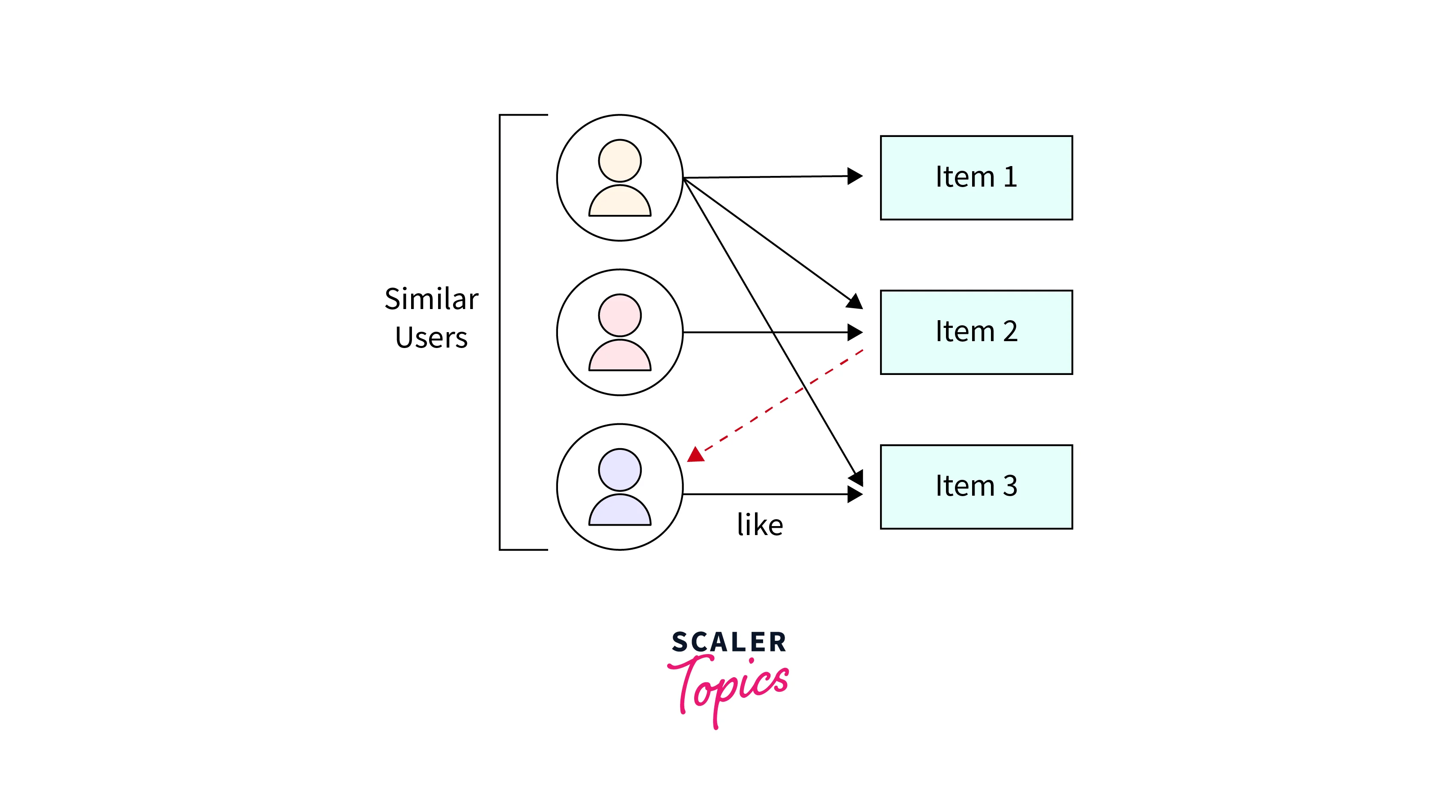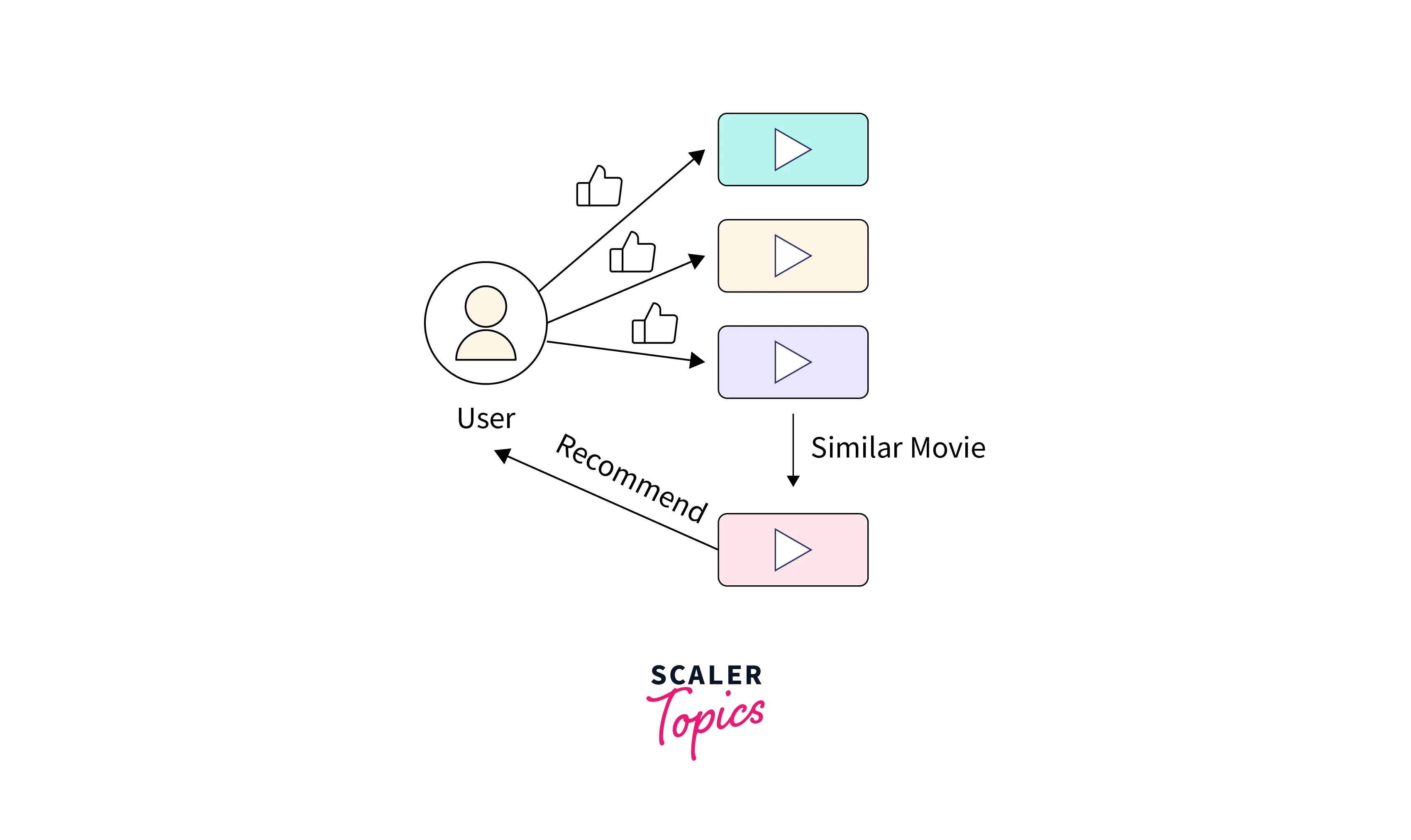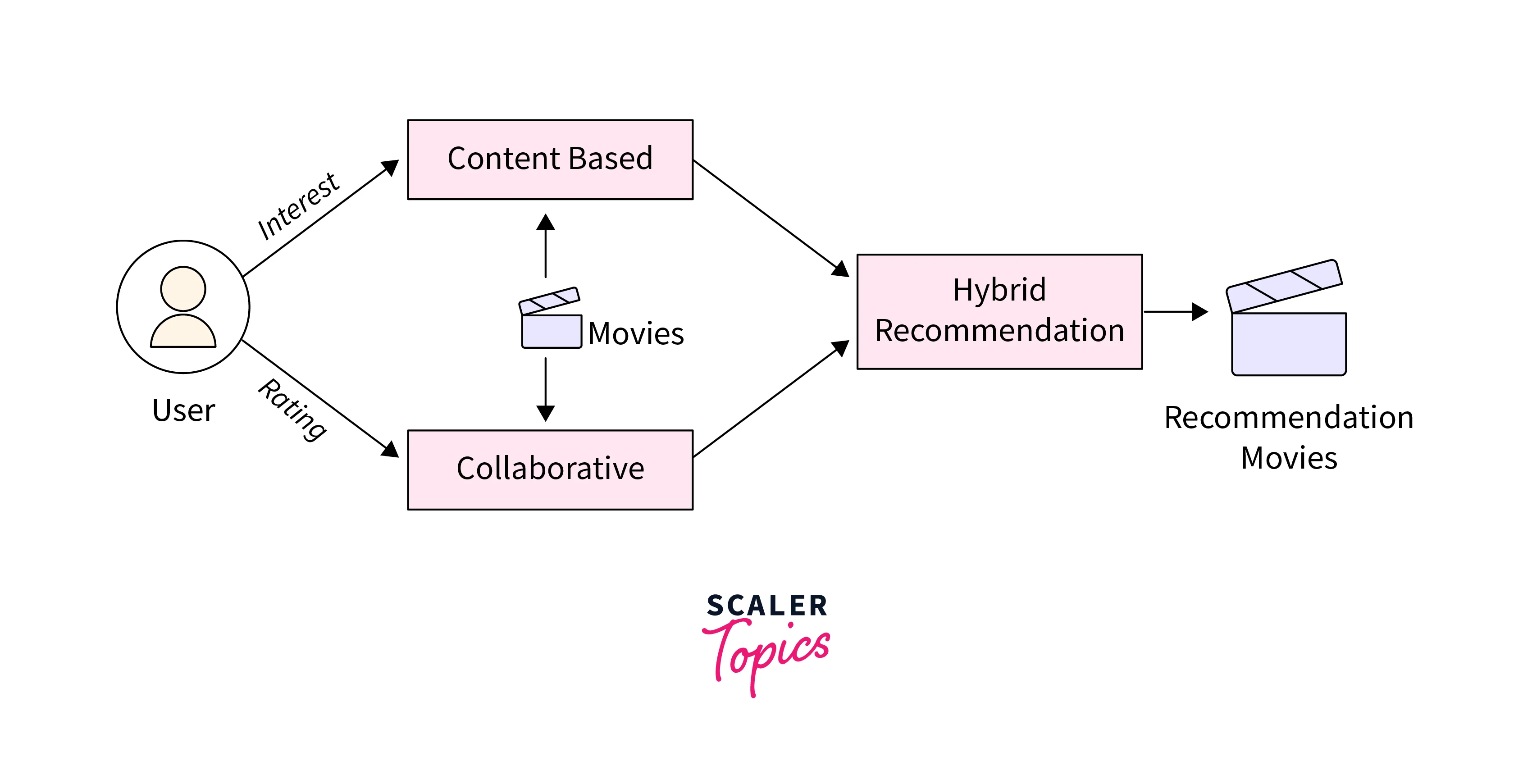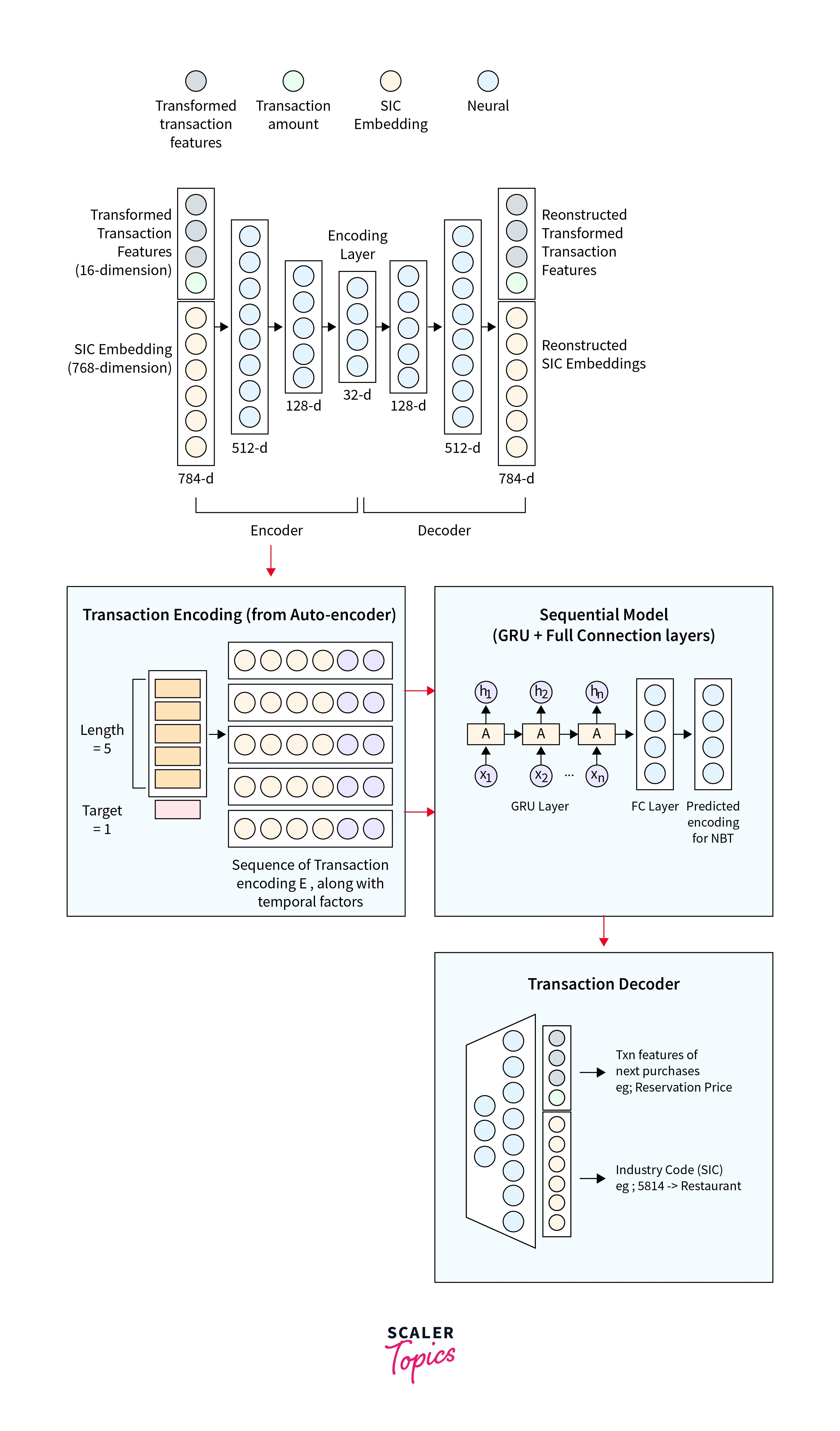Advanced Techniques in Recommender Systems
Overview
In the modern digital landscape, recommendation systems have become a cornerstone of personalized user experiences. Powered by innovative technologies like TensorFlow, these systems provide users with tailored suggestions, enhancing engagement and satisfaction. This article delves into advanced techniques in recommendation systems, leveraging TensorFlow's capabilities to create powerful and efficient solutions.
Collaborative Filtering Techniques
Collaborative filtering lies at the core of tensorflow recommendation systems, aiming to predict user preferences based on the behaviors and preferences of similar users. TensorFlow, with its versatile capabilities, offers various collaborative filtering approaches that enhance recommendation accuracy and personalization.
-
User-Based Collaborative Filtering:
This technique identifies users who have similar preferences and recommends items based on the choices of those similar users. TensorFlow facilitates the creation of user similarity matrices, enabling efficient user-to-user comparisons and generating recommendations. -
Item-Based Collaborative Filtering:
Item-based collaborative filtering focuses on item relationships rather than user similarities. TensorFlow enables the calculation of item similarity scores, allowing the system to recommend items based on their associations with previously chosen items. -
Matrix Factorization:
TensorFlow's optimization tools are invaluable for matrix factorization, a model that decomposes the user-item interaction matrix into latent factors. This helps uncover hidden patterns in the data and makes accurate recommendations by approximating the original matrix. -
SVD++ (Singular Value Decomposition with Implicit Feedback):
TensorFlow's matrix operations aid in implementing SVD++, which extends traditional matrix factorization by considering implicit feedback like user interactions. It enhances the model's ability to capture user preferences from sparse data. -
Collaborative Deep Learning:
TensorFlow's neural network capabilities facilitate the integration of deep learning into collaborative filtering. By combining user and item embeddings, collaborative deep learning models capture intricate interactions, enabling improved recommendation quality.

Content-Based Filtering Techniques
Content-Based Filtering Techniques in TensorFlow leverage intrinsic item attributes and user preferences to make recommendations. This approach focuses on analyzing the content of items and matching them to users' historical interactions. TensorFlow's powerful capabilities enable the implementation of robust content-based methods. Here's a detailed exploration of these techniques:
-
Feature Extraction and Representation:
TensorFlow provides tools to preprocess and represent item attributes effectively. Features like text, images, and metadata are extracted and transformed into numerical representations using techniques such as word embeddings, image embeddings, and feature engineering. -
Textual Data Processing:
TensorFlow's natural language processing (NLP) capabilities play a crucial role in content-based filtering. Techniques like tokenization, stemming, and text vectorization are employed to process textual data from item descriptions, reviews, and other textual sources. -
Feature Similarity:
TensorFlow enables the calculation of feature similarity between items. Cosine similarity, Euclidean distance, and other distance metrics quantify the similarity between item feature vectors. This similarity score determines how closely items match a user's preferences. -
User Profile Creation:
TensorFlow facilitates the creation of user profiles based on their interactions with items. These profiles represent user preferences using the same feature space as items. By aligning user profiles and item features, TensorFlow determines compatibility for personalized recommendations. -
Recommendation Generation:
TensorFlow-powered content-based models utilize item-user feature similarity scores to generate recommendations. Items with the highest similarity to a user's profile are suggested. Machine learning algorithms, such as nearest neighbors or classification models, can be incorporated to refine recommendation quality. -
Hybridization:
Content-based filtering can be combined with other recommendation techniques, such as collaborative filtering, to create hybrid models. TensorFlow's flexibility enables seamless integration, resulting in improved recommendation accuracy. -
Dynamic Adaptation:
TensorFlow enables content-based models to adapt dynamically to user interactions and evolving item attributes. Continuous learning and model updates ensure that recommendations remain relevant and up-to-date. -
Evaluation and Fine-Tuning:
TensorFlow's support for model evaluation allows developers to measure the performance of content-based filtering techniques. Metrics like precision, recall, and F1-score quantify the accuracy and effectiveness of recommendations, facilitating model fine-tuning.

Hybrid Recommender Systems
Hybrid Recommender Systems combine multiple recommendation techniques to overcome limitations and enhance the quality of recommendations. By leveraging the strengths of different approaches, these systems offer a balanced and personalized user experience. TensorFlow, with its versatile capabilities, provides a robust platform for developing and implementing Hybrid Recommender Systems. Here's an in-depth look at how these systems work:
-
Combining Techniques:
Hybrid Recommender Systems seamlessly blend Collaborative Filtering, Content-Based Filtering, and more, capitalizing on TensorFlow's versatility. -
Accurate Suggestions:
These systems leverage different methods to enhance recommendation accuracy and provide well-rounded suggestions. -
Personalized Diversity:
By fusing techniques, Hybrid Systems introduce users to diverse options, boosting engagement and satisfaction. -
Addressing "Cold Start":
TensorFlow-powered Hybrids solve the "cold start" problem by utilizing Content-Based Filtering for new items or users. -
Flexible Weighting:
TensorFlow's capabilities allow for adjustable weights, ensuring optimal contribution from each technique. -
Contextual Insights:
Incorporating contextual data like time or location enriches recommendations, amplified by TensorFlow's adaptability. -
Online Learning:
Hybrid models evolve with real-time user interactions, thanks to TensorFlow's support for online learning. -
Continuous Improvement:
TensorFlow empowers Hybrids to refine over time, accommodating changing preferences and attributes. -
Challenges Managed:
TensorFlow addresses complexities of data integration, model selection, and optimization. -
Evaluation Metrics:
TensorFlow's evaluation tools gauge system performance through metrics like precision and recall.

Context-Aware Recommender Systems
Context-Aware Recommender Systems, powered by TensorFlow, revolutionize personalized suggestions by considering situational factors like time, location, and user context. Here's a concise overview of their functionality:
-
Contextual Elements:
TensorFlow-equipped systems seamlessly incorporate contextual data such as user location, time of day, and device type. -
Enhanced Relevance:
By factoring in context, recommendations align more closely with a user's immediate needs and preferences. -
Dynamic Adaptation:
TensorFlow enables real-time adjustment based on changing context, ensuring recommendations remain pertinent. -
Optimized Engagement:
Context-Aware systems drive user engagement by offering suggestions tailored to specific scenarios. -
Business Applications:
TensorFlow-powered Context-Aware models find use across domains, from retail to entertainment, enhancing user experiences. -
Flexible Implementation:
TensorFlow's adaptable framework accommodates various contextual inputs, optimizing recommendation accuracy. -
Advanced Algorithms:
TensorFlow facilitates the integration of advanced algorithms, like deep learning, to capture intricate context-item interactions. -
Real-Time Interactions:
Contextual recommendations dynamically respond to user actions, powered by TensorFlow's online learning capabilities. -
Evaluation and Metrics:
TensorFlow's tools assess system performance, measuring the impact of context on recommendation quality. -
Personalized Context:
TensorFlow-driven Context-Aware systems provide tailored experiences, making them essential in modern recommendation strategies.
Deep Learning in Recommender Systems:
The application of deep learning techniques has ushered in a revolutionary era for recommendation systems. By autonomously uncovering intricate patterns within data, deep learning transforms the landscape of personalized suggestions. At the forefront of this transformation is TensorFlow, an invaluable tool with robust neural network capabilities. This article delves into two cutting-edge models within the realm of deep learning for recommendation systems: Deep Factorization Machines (DFM) and Neural Collaborative Filtering (NCF).
Deep Factorization Machines (DFM)
TensorFlow's neural network architecture harmoniously merges with factorization machines, yielding the potent Deep Factorization Machines. This fusion empowers DFM to proficiently model high-order feature interactions, capturing nuanced relationships that might otherwise remain concealed. TensorFlow's adaptable framework ensures the smooth integration of DFM, amplifying its capacity to refine and enhance recommendation quality.
Neural Collaborative Filtering (NCF) Models
In the realm of Neural Collaborative Filtering, TensorFlow takes center stage. By seamlessly integrating neural networks, NCF models possess the capability to capture complex, nonlinear relationships between users and items. TensorFlow's expansive collection of neural network components accelerates the development and training of NCF models, delivering accurate and impactful recommendations.
Sequential Recommendation Models
Sequential Recommendation Models leverage the order of user interactions to predict future preferences accurately. These models are particularly relevant in scenarios where user behaviors exhibit temporal patterns, such as sequential clicks, purchases, or content consumption. TensorFlow facilitates the creation of these models through its support for recurrent neural networks (RNNs) and transformer architectures.
RNNs:
TensorFlow's RNN capabilities enable the construction of models that can capture temporal dependencies in sequences of user interactions . By analyzing historical patterns, RNN-based sequential models predict the next item a user is likely to engage with.

Transformers:
Transformers, another deep learning architecture supported by TensorFlow, have proven effective in capturing long-range dependencies in sequential data. These models excel at capturing complex relationships and can enhance recommendation accuracy by considering broader contexts.
Session-Based Recommendations:
Sequential models are widely used in session-based recommendation scenarios, where user interactions within a session (e.g., browsing session) influence subsequent suggestions. TensorFlow empowers the development of models that adapt to evolving user preferences within a session.
Multitask Learning in Recommender Systems
Multitask Learning leverages related tasks to enhance recommendation system performance. TensorFlow's flexibility enables the joint training of multiple tasks, enabling better generalization and improved user satisfaction.
-
Shared Representations:
In TensorFlow, multitask learning enables the sharing of representations across tasks, allowing models to benefit from common features learned from different tasks. -
Data Efficiency:
By jointly training on related tasks, multitask learning can improve the performance of a recommendation system, especially when data for one task is limited. -
Regularization:
TensorFlow's multitask learning can act as a form of regularization, preventing overfitting by leveraging information from multiple tasks.
Reinforcement Learning for Recommender Systems
Reinforcement Learning (RL) optimizes recommendations by directly interacting with users and learning from their feedback. TensorFlow's reinforcement learning framework facilitates the development of recommendation agents that adapt and improve over time.
-
User Interaction as Feedback:
TensorFlow-powered RL agents use user interactions (clicks, purchases, etc.) as feedback signals to guide their learning process, optimizing recommendations for user engagement. -
Exploration and Exploitation:
TensorFlow's RL framework enables recommendation systems to balance exploration (trying new items) and exploitation (recommending known items), optimizing long-term user satisfaction. -
Personalization:
RL-powered recommendations dynamically adapt to individual user behaviors, allowing for personalized experiences that evolve with user preferences.
Evaluation Metrics for Recommender Systems
Evaluation Metrics are essential for measuring recommendation system performance. TensorFlow provides tools to evaluate metrics such as precision, recall, mean average precision, and more, enabling a comprehensive assessment of different models.
-
Precision and Recall:
TensorFlow calculates precision (accuracy of positive predictions) and recall (coverage of relevant items) to gauge recommendation accuracy. -
Mean Average Precision (MAP):
TensorFlow's MAP metric considers the ranking of recommended items, providing a nuanced view of recommendation quality. -
NDCG (Normalized Discounted Cumulative Gain):
TensorFlow's NDCG metric measures the effectiveness of a ranking by considering both relevance and position of recommended items.
Real-World Applications of Recommender Systems
Recommender Systems powered by TensorFlow find applications across diverse industries:
-
E-commerce:
TensorFlow-driven recommendations boost sales by guiding users to products they're likely to purchase. -
Streaming Platforms:
In entertainment, TensorFlow enhances user engagement by suggesting relevant content based on viewing habits. -
News and Content Delivery:
TensorFlow-powered systems tailor news and articles to users' interests, increasing readership and engagement. -
Social Media:
Recommendations foster user engagement by suggesting connections, posts, and content aligned with individual preferences. -
Healthcare:
In medical applications, TensorFlow-driven systems suggest personalized treatment plans or medical content. -
Travel:
Recommender Systems assist travelers by suggesting destinations, accommodations, and activities based on preferences. -
Finance:
TensorFlow-powered systems aid financial decisions by suggesting investment opportunities or financial products.
Conclusion
- Personalization Revolution:
Advanced techniques, empowered by TensorFlow, usher in a new era of personalized user experiences, transforming recommendations into strategic assets. - Seamless Integration:
Tensorflow recommendation system's adaptability seamlessly integrates collaborative, content-based, and deep learning methods, enhancing recommendation accuracy and variety. - Contextual Precision:
Techniques like Context-Aware and Sequential Models consider user context, enriching suggestions and deepening engagement. - Hybrid Synergy:
Hybrid Recommender Systems combine approaches to mitigate limitations, resulting in well-balanced and diverse recommendations. - Learning Evolution:
Reinforcement Learning and Multitask Learning adapt and improve over time, reflecting user preferences and ensuring ongoing relevance. - Real-World Impact:
Tensorflow recommendation system span industries, from e-commerce to healthcare, revolutionizing engagement, sales, and user satisfaction.
References
We would also encourage you to explore the advanced techniques in recommender systems using the provided links:
